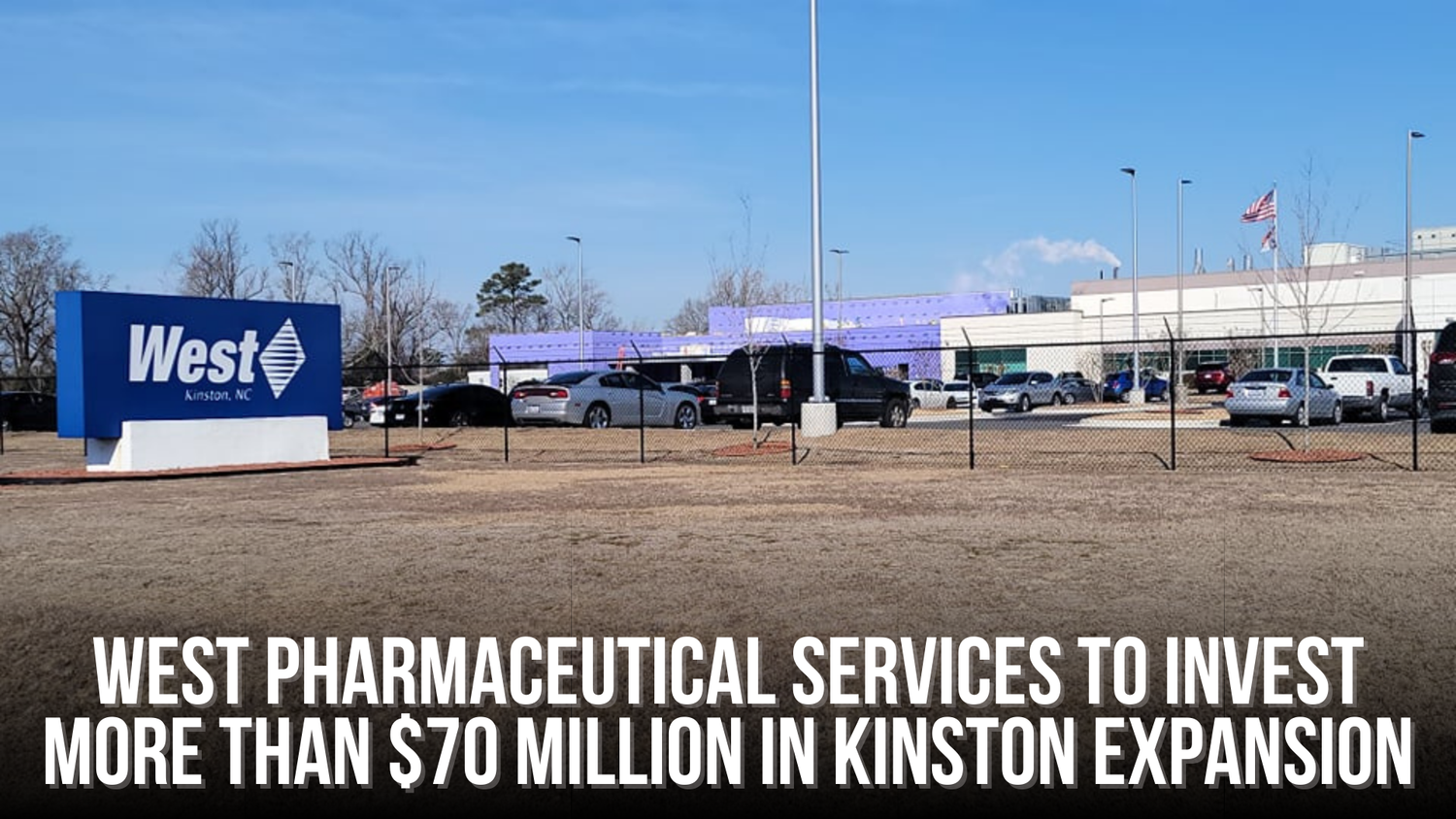Political labels can be artificial
By John Hood
RALEIGH — In this era of increasing partisan polarization, is the “middle” shrinking before our eyes?
This is a familiar claim, and it’s not entirely without foundation. In a new Gallup poll, for example, 37% of respondents identified themselves as moderates. Back in 1992, 43% of Americans told Gallup they were moderates.
Still, when you graph those poll results over the entire 30-year period, the result bears little resemblance to the cliff that today’s media chatter might lead you to expect. The line slopes gently downward. And here’s another trend that might surprise you. The share of Americans identifying themselves as conservative has changed little. It was 36% three decades ago and is 36% today. It’s the liberal label that has become more popular, rising from 17% in 1992 to 25% today.
Although it may seem straightforward to measure ideology by asking poll respondents them to label themselves, I’ve long had doubts about this practice. The words “conservative,” “liberal,” and “moderate” have no fixed and universally accepted meanings. They mean different things to different people.
Indeed, by requiring that respondents choose only one of the responses, pollsters force artificial distinctions on people who may not think in rigidly categorical terms. Someone might consider herself conservative because she’s frugal with money and goes to church every Sunday while also considering herself moderate (“I’m a reasonable person, not an extremist”) and liberal (“I’m open-minded and try to see the good in everyone I meet”).
When analyzing political behavior, then, or teaching one of my classes, I tend to rely on polls that asked more pointed questions or delve into specific issues. Fortunately, Gallup supplements its self-identification test with many such questions.
Consider this question, asked since the early 1990s: “Some people think government is trying to do too many things that should be left to individuals and businesses. Others think that government ought to do more to solve our country’s problems. Which comes closer to your view?”
Unlike the results of the self-identification test, the answers to this question about government activism have gyrated quite a lot over the years. Most of the time, the former position (the more conservative one) is significantly more popular than the “government ought to do more” position. During much of the 1990s and 2010s, for example, about 60% picked the right-leaning position while only 32% picked the left-leaning one.
During recessions, wars, or other crises, however, the lines converged or even crossed. Just after the 9/11 attacks, 50% of Americans wanted government to be more active vs. 41% who said it was doing too much. The gap was even larger in 2020 as the COVID crisis hit (54% to 41%), though it flipped back to a conservative edge (52% to 43%) in 2021.
You see something like the same pattern for this Gallup question, which is even more specific: “In general, do you think there is too much, too little, or the right amount of government regulation of business and industry?” During most of the last three decades, a plurality of respondents said there was too much regulation. The only exceptions were in the first year of the financial crisis and the first year of the COVID crisis, when “too much” and “the right amount” were roughly tied.
Care to guess the year when business regulation was the least popular? The answer may surprise you. It was 2011, the year before Barack Obama was reelected president, when 50% of Americans said there was too much regulation, 24% said there was too little, and 23% said it was just right.
There have been some sizable shifts in public opinion since the early 1990s, but they don’t have much to do with fiscal or economic policy. Today’s voters are far more accepting of same-sex marriage than they were then, for instance. Taken as a whole, though, poll results suggest the extremes aren’t really growing rapidly at the expense of a truly vanishing middle. Polarization isn’t the same thing as radicalization.



